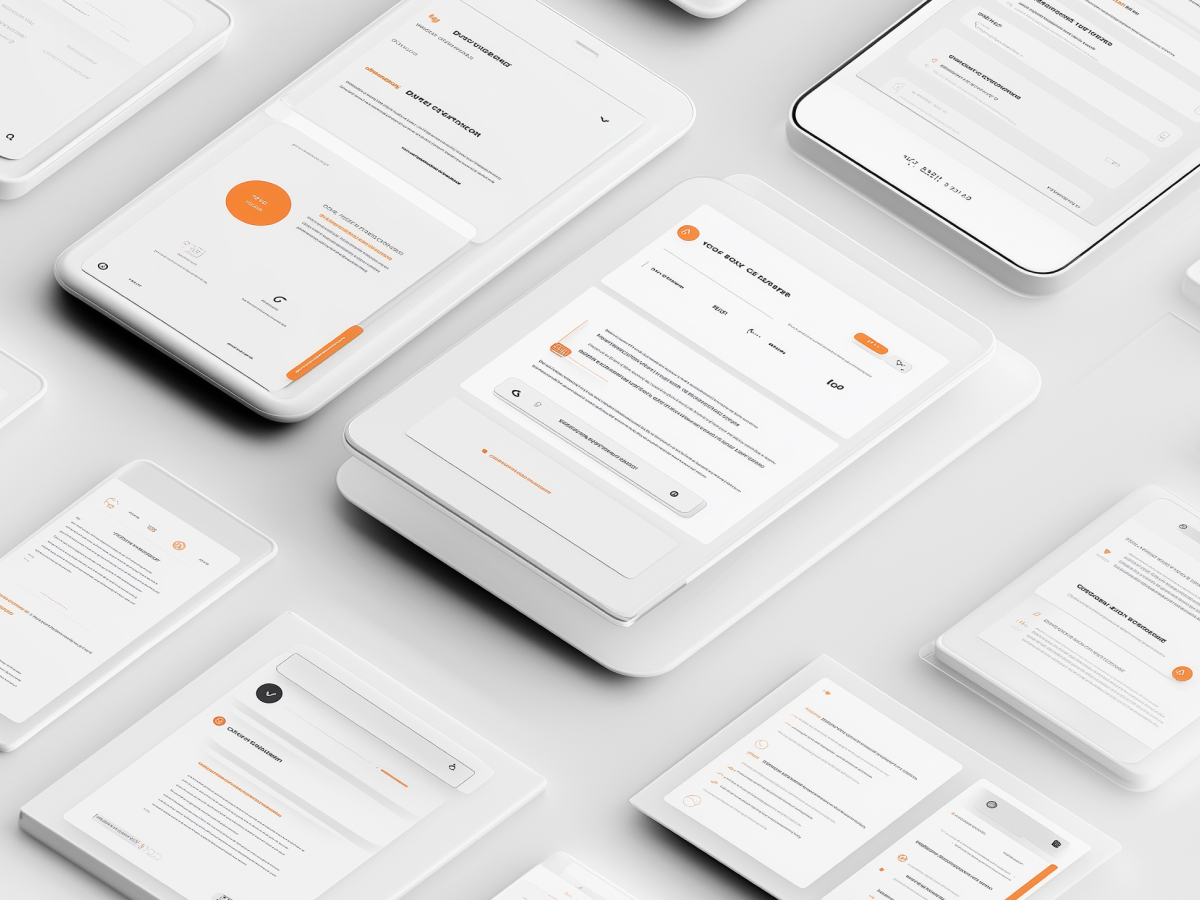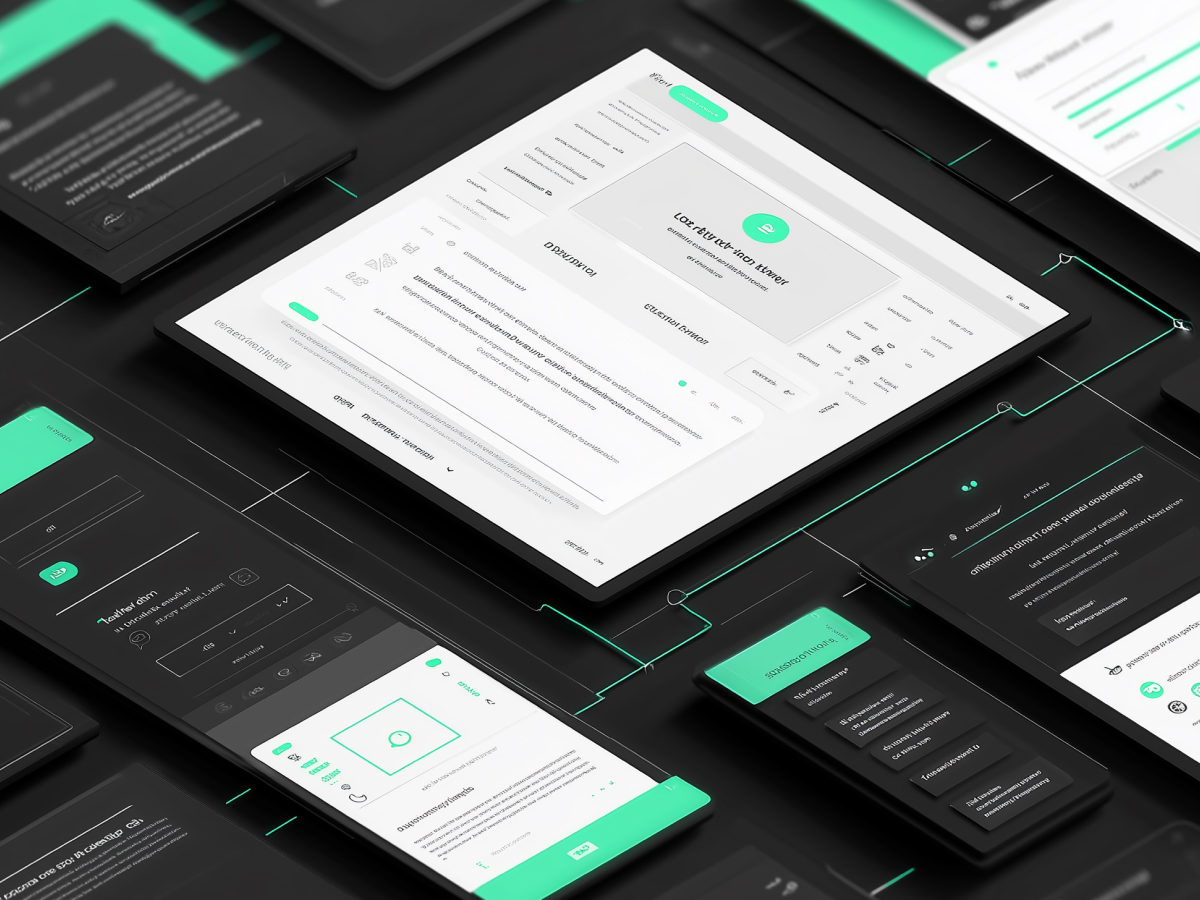Traditional productivity metrics are outdated and insufficient
The workplace has changed. But the metrics? Not really. Many companies still use outdated systems to measure people, things like hours worked, emails sent, or tasks completed. These metrics may have made sense when jobs were repetitive and output was simple. But today’s work is driven by intelligence, problem solving, and innovation. Measuring how long someone sits at a laptop won’t tell you whether they’re making progress on a breakthrough idea or solving customer issues in a way that actually delivers value.
In most modern companies, there’s no longer a clean, linear line between activity and output. Value is now being created in collaborative environments, cross-functional efforts, strategic insights, software development cycles, creative work that’s hard to quantify. Old metrics built on industrial-era thinking don’t capture these contributions. Email counts don’t equal effectiveness. Hours in meetings don’t reflect progress. That’s why sticking to these outdated measurements is misleading.
When leaders rely too much on these legacy metrics, they miss the bigger picture, and more importantly, they make it harder for teams to actually innovate. You end up rewarding behaviors that look productive on the surface, but don’t contribute real value underneath. That’s a waste of time, money, and talent.
Change is overdue, but it needs to be intentional. Organizations must make sure they are tracking the right things. And that means understanding what kind of outcomes you want, then measuring in a way that supports that. You can’t manage what you don’t understand, and in today’s environment, understanding comes from better data, broader context, and human-centered insight.
According to Deloitte’s 2024 Global Human Capital Trends survey, 74% of executives said finding better ways to measure performance beyond traditional productivity is a top priority. But here’s the problem: only 17% say they’re actually doing it well. That’s the gap we need to close. Those that do will see a sharper edge in performance, innovation, and talent retention. The rest will stay stuck in a system that no longer matches how work gets done.
If your company is still measuring output the same way it did a decade ago, it’s time to start rethinking what good performance actually looks like. Start asking yourself: Are you measuring activity, or are you measuring impact? Because only one of those leads to progress.
Shifting from productivity to human performance
We’ve entered a new era of work. When companies focus only on output, they miss critical signals about the health and potential of their workforce. That’s where human performance enters the picture. It’s a broader, more complete view of how people contribute, not just in terms of business results, but in terms of well-being, growth, and long-term sustainability.
If you’re only chasing quarterly numbers, you’ll get limited returns. Organizations that go further, those that measure psychological resilience, motivation, capabilities, and inclusion, tend to outperform on more fronts than just revenue. Better human performance translates directly into deeper engagement, faster learning, and lower turnover. These are strategic indicators of whether your business is built to adapt, compete, and scale in a fast-changing market.
Hitachi understood this well. They launched an internal initiative focused on tracking worker happiness, using wearables and AI to give employees suggestions during the day. These tools weren’t about monitoring—they were about enabling. The results? Happiness improved. Psychological capital, things like motivation and self-confidence, jumped by 33%. Call center sales per hour rose 34%. Retail sales increased by 15%. Company profits grew by 10%. People weren’t just happier—they were performing at higher levels because they had the conditions to do so.
Executives need to stop separating people strategies from business strategies. They are the same thing. Human sustainability, meaning stronger skills, good wages, better health, and a sense of belonging, is an enterprise growth model. The workforce you attract and develop is your most scalable resource. Measuring it correctly matters.
The best companies already understand one thing clearly: value creation isn’t just a financial metric. It’s shared value. When your metrics reflect that, your teams move farther, faster, and with less burnout along the way.
Data and AI technologies bring a nuanced approach to measuring performance
The tools are here. Organizations can now collect and analyze more workforce data than ever before, and if you use that data right, you get a far more precise view of how people actually contribute. Instead of relying on broad assumptions or old productivity metrics, AI and digital tools allow companies to see patterns in behavior, collaboration, and outcomes that weren’t visible before.
Calendar and email data, team communication flows, and collaboration platforms can reveal how effectively teams interact. Not just how often, but how meaningful those interactions are. With AI, companies can analyze code quality, emotional tone in customer service, and friction points in workflows with minimal noise. The insights are immediate, and they’re actionable.
Take MetLife as a case in point. Customer service agents there handle around 700 calls per week. They integrated AI coaching to help those agents improve conversations. The outcome? Customer satisfaction jumped 13%.
It doesn’t stop with call centers. A major global energy firm used data from electronic badges to understand team collaboration patterns. They redesigned physical workspaces based on that data, leading to a 5.3% efficiency gain across workflows. In another example, an automotive supplier turned on AI-based video analytics in its factories. They uncovered that station layouts were causing fatigue and slowdown. Fixing that reduced idle time and improved both output and worker experience.
This is strategy powered by real-time insight. But to get there, leaders have to do more than just collect data. You have to understand its value, connect it to your objectives, and act quickly. With AI, the time between problem detection and resolution keeps shrinking. That’s productivity redefined, not as time spent, but as value created.
Organizational trust and worker involvement for effective data use
You can have the most advanced tools, the best algorithms, but if your teams don’t trust how the data is being used, it won’t drive real improvement. People need to understand why the data is collected, how it benefits them, and what’s being done with it. That clarity reduces resistance and increases willingness to engage.
Leaders often assume employees will push back against any form of monitoring. Reality is more balanced. Deloitte’s research shows both executives and workers largely agree on which data sources are acceptable, things like email, calendar, and collaboration tools. But trust in responsible data use breaks down when there’s no transparency. Workers need choice. They want a voice in the systems that are supposed to reflect and support their performance. If those systems aren’t co-created or explained clearly, trust erodes, even where consent exists.
That’s why transparency isn’t optional. It has to cover what’s being measured, how frequently, for what purpose, and who sees it. Provide feedback loops. Let employees shape the design of metrics. When data is used collaboratively, it creates a shared understanding around goals, pain points, and growth opportunities. The psychological boost this delivers is real, and it compounds over time.
The upside is huge. Deloitte’s predictive outcomes analysis found that trust in an organization’s data use raises the probability of business growth by approximately 50%. That should be enough to justify clear, two-way communication around performance data in any executive agenda.
External pressures and data overload challenge the adoption of human performance metrics
Most leaders want better ways to measure performance. The intent is there. But execution lags, and the reason comes down to pressure and complexity. Boards, investors, and markets are pushing for short-term productivity gains. With inflation, tighter margins, and global economic uncertainty, the pressure to deliver immediate results overrides longer-term shifts toward more sustainable human performance metrics.
At the same time, leaders are being flooded with data. Every tool, every platform, every process throws off metrics, some useful, most not. The result is noise. Organizations end up sitting on massive datasets without the clarity to extract actionable insights. It’s not that they don’t care. It’s that they don’t know where to look or what to prioritize. So, they default back to the basics: headcount, output per hour, deliverables logged. Metrics that seem reliable, but don’t reflect the way work actually happens today.
This creates a bottleneck. Leaders are forced to make fast decisions based on the most visible data, usually tracked outputs, rather than more nuanced metrics like collaboration effectiveness, skills development, or emotional exhaustion. That approach might help quarterly reporting, but it doesn’t build a resilient workforce or increase enterprise value in the long run.
To break through this, executive teams need to do two things. First, define what actually matters across both business and human outcomes. Don’t measure everything—measure what moves both the organization and the individuals in it forward. Second, invest in the structure and talent needed to analyze and act on these insights quickly. Without a move from reactive measurement to intentional design, human performance tracking ends up being postponed every quarter.
The research supports this. While 74% of executives say redefining performance metrics is critical, only 17% say their organizations do it effectively. Even more telling, just 8% say they’re leading in this space.
“Productivity theater” and burnout signal the failure of legacy metrics
When teams begin performing just to look productive, instead of focusing on real outcomes, your metrics have failed. This pattern, often called “productivity theater”, is a growing issue, especially in hybrid and remote work setups. Employees start optimizing for visibility rather than value. They send extra emails, attend unnecessary meetings, and log long hours, not because it drives results, but because they think it satisfies management expectations.
This is the indirect result of measuring the wrong things. When performance is judged by activity volume instead of actual impact, people will naturally focus their time and energy on what gets rewarded. If the system reinforces constant monitoring and hourly tracking, that’s where focus will go. The problem is, none of this reflects real engagement, innovation, or contribution.
At the same time, surveillance practices introduced during the early days of remote work—like keystroke logging and screen tracking—have left many teams feeling watched instead of supported. The side effects are clear: higher stress, lower job satisfaction, and more disengagement. People are burning out chasing metrics that don’t align with meaningful work or long-term performance.
You can’t build a high-performing culture on a foundation of mistrust. If you’re still pushing people to prove they’re busy instead of enabling them to do their best work, you’re undermining your own strategy. The result is a tired, reactive workforce locked into activities that add limited value. That’s a risk for any company that relies on adaptive thinking, continuous improvement, or customer centricity.
Leaders need to rethink their approach. Stop attaching value to digital activity and start defining performance based on results that actually matter, customer impact, innovation velocity, strategic goals, and human sustainability. That shift removes the incentive for performance theater and sets up employees to focus on work that drives actual business growth.
The absence of trust-based performance models impacts morale and it leads to misallocated resources and stagnation. If you’re serious about productivity, stop treating activity as a proxy for it.
New performance systems must be tailored, developmental, and part of broader talent strategies
Traditional performance management systems weren’t designed for today’s demands. Annual reviews, one-size-fits-all ratings, and top-down evaluations don’t give leaders or employees what they need. The system doesn’t move fast enough, and it doesn’t reflect how work, skills, and team dynamics actually evolve. That’s why performance needs to shift, from static evaluation models to real-time, developmental systems that support growth and align to broader talent strategies.
Start by tailoring metrics to your context. What you measure in a call center won’t apply to an R&D team or logistics function. A human performance system has to align with the unique roles, goals, and conditions of each team. For example, a call center focused on average call time may miss indicators like upselling ability or customer satisfaction—metrics that often better reflect the value being delivered. In logistics, focusing solely on unit throughput might obscure signs of worker fatigue or safety challenges.
At the same time, development must be integrated into the process. Feedback should be continuous, not episodic. AI tools can now pull data from multiple sources to give managers and employees real-time, unbiased feedback that supports everyday improvement. Leaders can use these insights not just to judge performance, but to coach people, identify learning needs, and spot future leadership potential. Done right, this creates a system geared toward progression, not just performance tracking.
This approach also helps reduce bias. Regular feedback supported by data makes performance evaluations more consistent and fair. And when people know how they’re being measured, and what they can do to improve, they’re more likely to stay engaged and motivated. That alone improves retention and reduces the friction created when workers feel disconnected from performance standards.
Critically, these new metrics must be embedded across the entire talent life cycle—from hiring and onboarding to career development and internal mobility. When performance data feeds into promotion decisions, learning investments, and succession planning, companies become more adaptive and aligned. The result is stronger talent pipelines and better positioning to compete.
Leaders need to ask: Are your performance systems pushing people toward meaningful results, or just keeping them busy and compliant? The answer will dictate how well your workforce responds to change—and how ready your leadership pipeline really is.
Responsible data governance is vital to maintain organizational trust and compliance
As companies lean further into data and AI to measure and support human performance, the margin for error gets smaller. If you’re using data to evaluate people, shape decisions, or inform talent strategies, it has to be done responsibly. That means transparent policies, clear consent structures, and safeguards that protect both the business and the individual. Anything less will erode trust and open you up to real risk, reputation, legal, and strategic.
Workers are growing more comfortable with data collection, especially when it helps them do their jobs better. But there are boundaries. Deloitte’s research shows that both leaders and workers are largely aligned on acceptable sources like email and calendars. Push into areas like biometric data or location tracking without building trust or providing control, and you’ll face pushback, hesitation, or even attrition.
Governance brings control and clarity. Workers should know what data is being collected, what it’s used for, and who has access to it. Consent is a signal of alignment. Companies that lead in this space are giving employees visibility into insights, not just using the insights to monitor them. They’re aggregating and anonymizing data to protect individual privacy while still unlocking organizational insights.
AI makes this even more important. While the tech offers massive upside, predictive modeling, continuous feedback, pattern recognition, it can also amplify risks if used without guardrails. Any bias in the system, any lack of transparency in how results are generated or decisions are made, can damage employee trust fast. That’s why responsible AI use needs to be grounded in ethical frameworks, audited regularly, and focused on enabling, not judging, performance.
The real advantage goes to companies that treat data as a partnership. When workers trust that their data is being handled fairly and used in ways that help them succeed, they’re far more likely to contribute fully. And that’s what drives long-term performance.
Leadership teams should act now to institutionalize responsible data practices, before advancing tech adoption speeds past their ability to manage it. Operationalizing privacy, ethics, and worker input in the system you’re building won’t slow progress. It will protect it.
Final thoughts
The way we measure performance needs to catch up with the way work actually happens. Traditional productivity metrics might still be comfortable, but they no longer reflect how value is created. If your teams are driven by insight, collaboration, creativity, and innovation, then measuring output by volume or activity simply won’t get you there.
Human performance is the new baseline. That means focusing on outcomes, using the right data, and aligning measurement with both business goals and human sustainability. Done right, this unlocks stronger engagement, better decision-making, and long-term resilience.
Executives need to lead this shift. The tools already exist. What’s missing is the mindset. Build systems that enable trust, transparency, and targeted growth. Co-design your metrics. Use AI, but use it wisely. And remember: the future of business isn’t just faster or leaner, it’s more human. The organizations that build performance systems around that will win. The rest will keep optimizing for a past that’s already gone.





